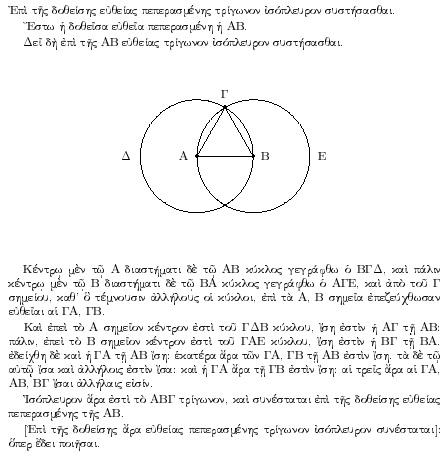|
A History Of Mathematical Notations
''A History of Mathematical Notations'' is a book on the history of mathematics and of mathematical notation. It was written by Swiss-American historian of mathematics Florian Cajori (1859–1930), and originally published as a two-volume set by the Open Court Publishing Company in 1928 and 1929, with the subtitles ''Volume I: Notations in Elementary Mathematics'' (1928) and ''Volume II: Notations Mainly in Higher Mathematics'' (1929). Although Open Court republished it in a second edition in 1974, it was unchanged from the first edition. In 1993, it was published as an 820-page single volume edition by Dover Publications, with its original pagination unchanged. The Basic Library List Committee of the Mathematical Association of America has listed this book as essential for inclusion in undergraduate mathematics libraries. It was already described as long-awaited at the time of its publication, and by 2013, when the Dover edition was reviewed by Fernando Q. Gouvêa, he wrote that it ... [...More Info...] [...Related Items...] OR: [Wikipedia] [Google] [Baidu] |
History Of Mathematics
The history of mathematics deals with the origin of discoveries in mathematics and the mathematical methods and notation of the past. Before the modern age and the worldwide spread of knowledge, written examples of new mathematical developments have come to light only in a few locales. From 3000 BC the Mesopotamian states of Sumer, Akkad and Assyria, followed closely by Ancient Egypt and the Levantine state of Ebla began using arithmetic, algebra and geometry for purposes of taxation, commerce, trade and also in the patterns in nature, the field of astronomy and to record time and formulate calendars. The earliest mathematical texts available are from Mesopotamia and Egypt – '' Plimpton 322'' ( Babylonian c. 2000 – 1900 BC), the ''Rhind Mathematical Papyrus'' ( Egyptian c. 1800 BC) and the '' Moscow Mathematical Papyrus'' (Egyptian c. 1890 BC). All of these texts mention the so-called Pythagorean triples, so, by inference, the Pythagorean theorem seems to be the most anci ... [...More Info...] [...Related Items...] OR: [Wikipedia] [Google] [Baidu] |
Dollar Sign
The dollar sign, also known as peso sign, is a symbol consisting of a capital " S" crossed with one or two vertical strokes ($ or ), used to indicate the unit of various currencies around the world, including most currencies denominated "peso" and "dollar". The explicitly double-barred sign is called cifrão. The sign is also used in several compound currency symbols, such as the Brazilian real (R$) and the Nicaraguan córdoba (C$). The one- and two-stroke version are often considered mere stylistic (typeface) variants, although in some places and epochs one of them may have been specifically assigned, by law or custom, to a specific currency. The Unicode computer encoding standard defines a single code for both. In most English-speaking countries that use that symbol, it is placed to the left of the amount specified, e.g. "$1", read as "one dollar". History Use for the Spanish American peso in the late 1700s The symbol appears in business correspondence in the 1770s ... [...More Info...] [...Related Items...] OR: [Wikipedia] [Google] [Baidu] |

